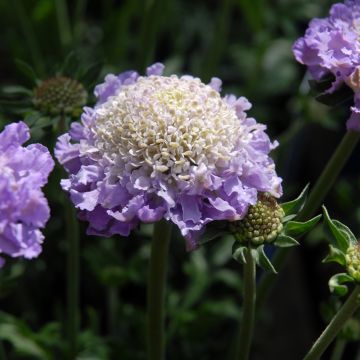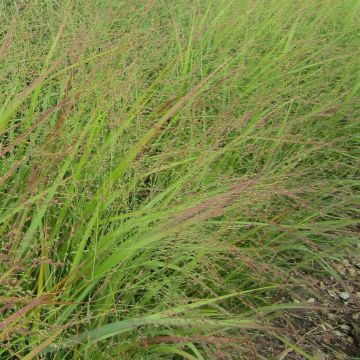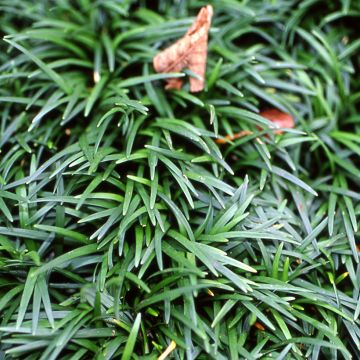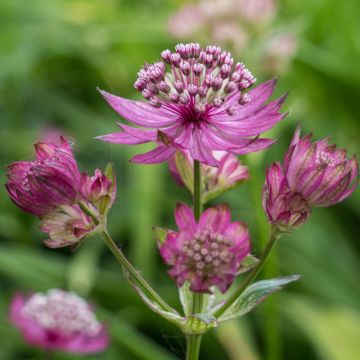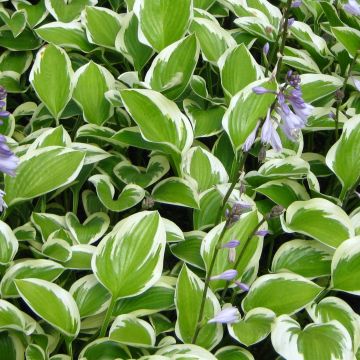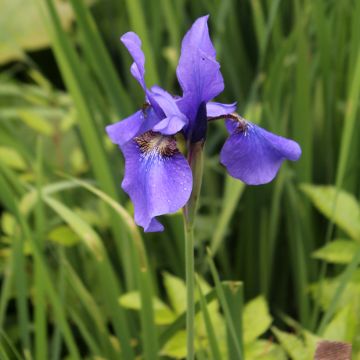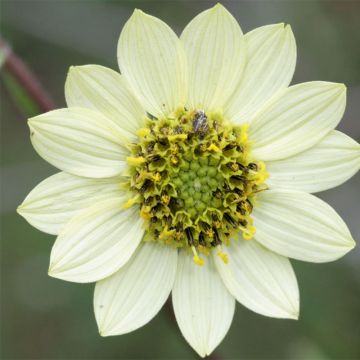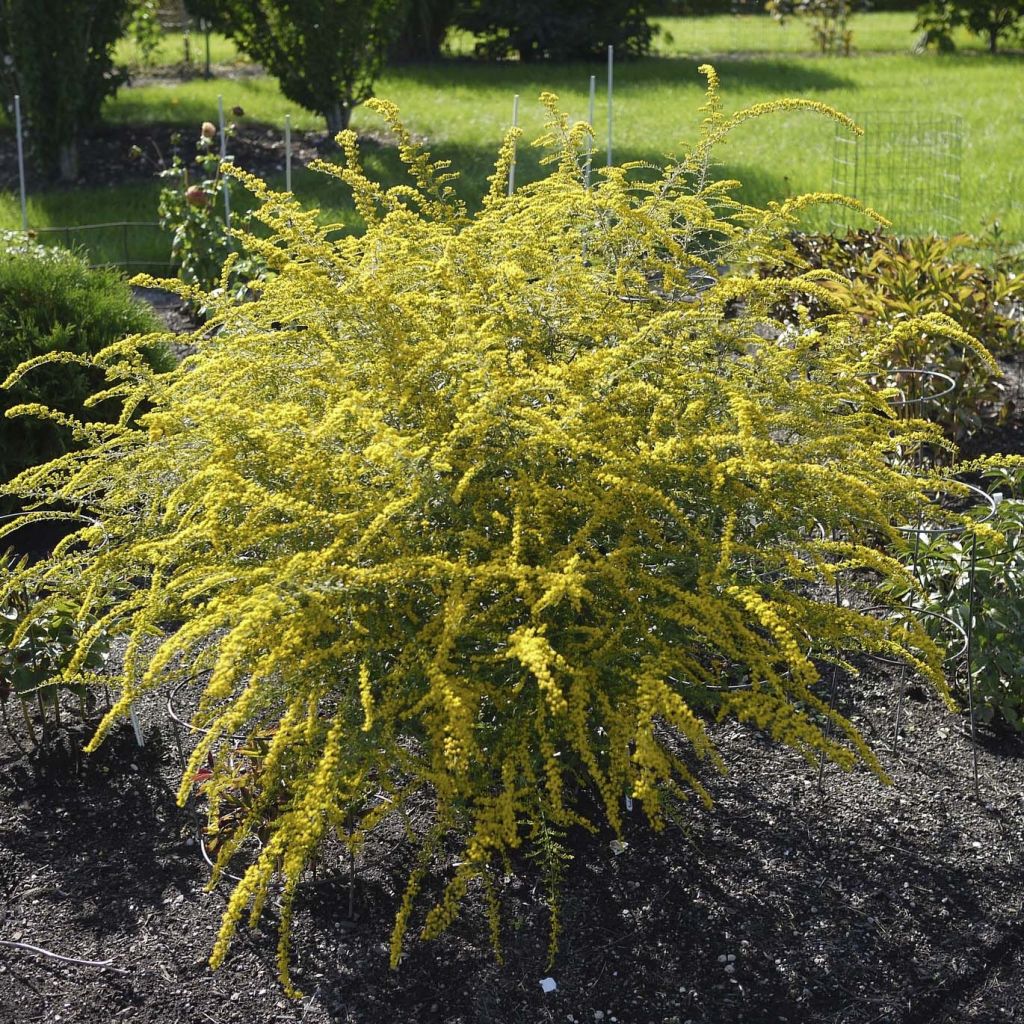

Solidago rugosa Fireworks
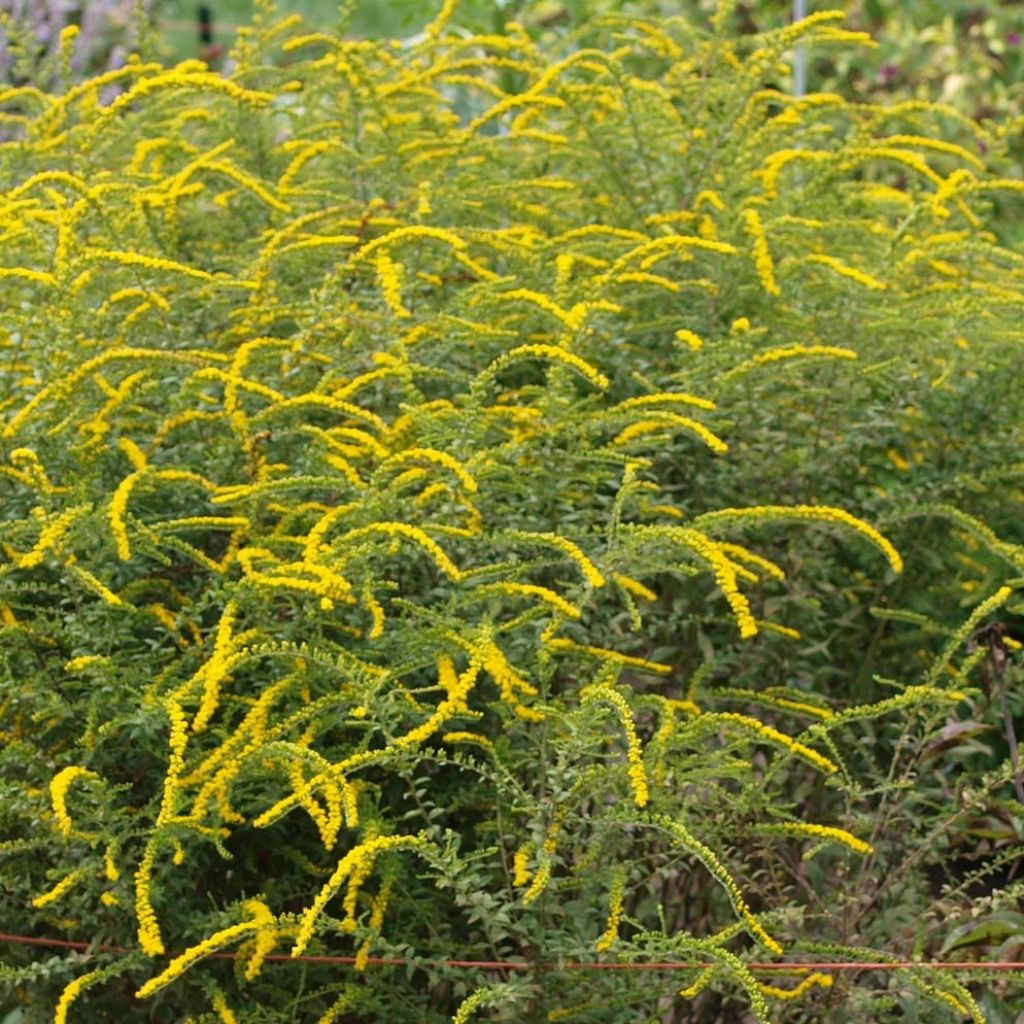

Solidago rugosa Fireworks
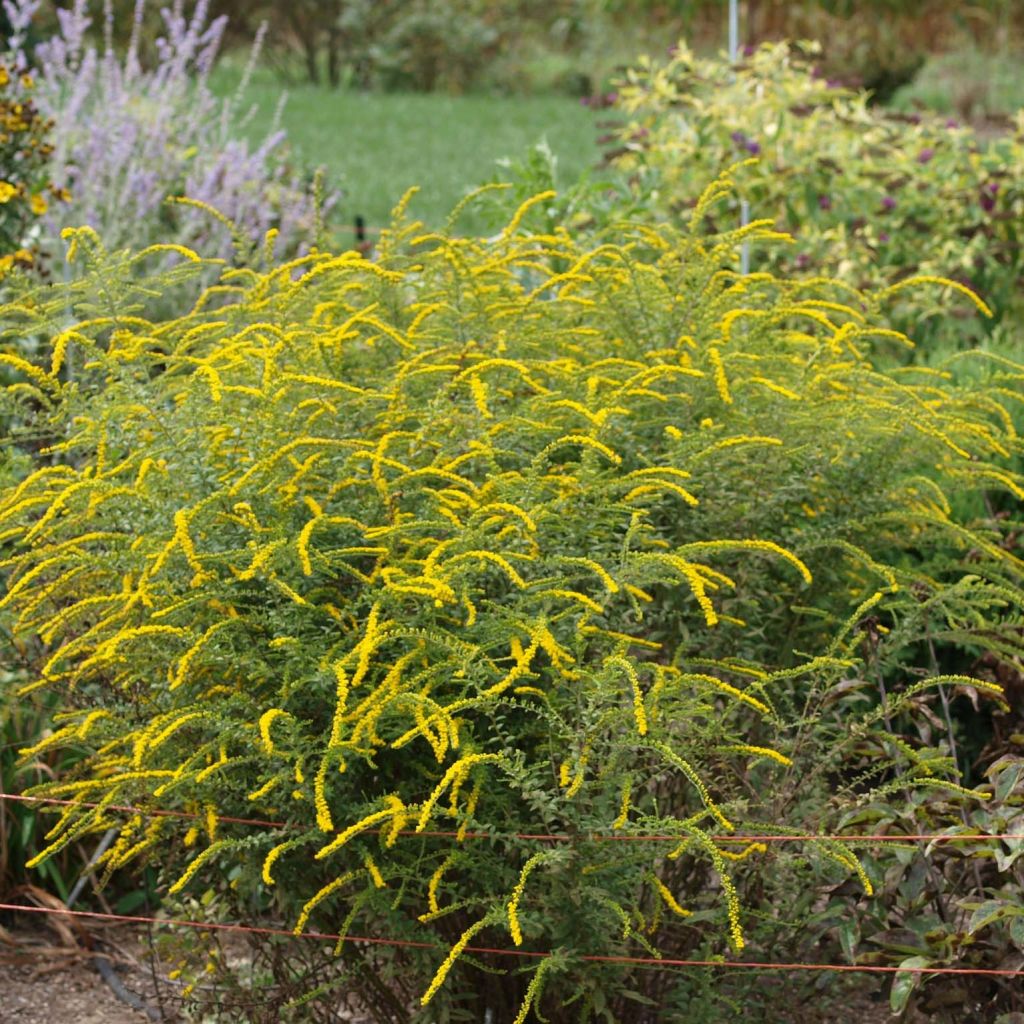

Solidago rugosa Fireworks
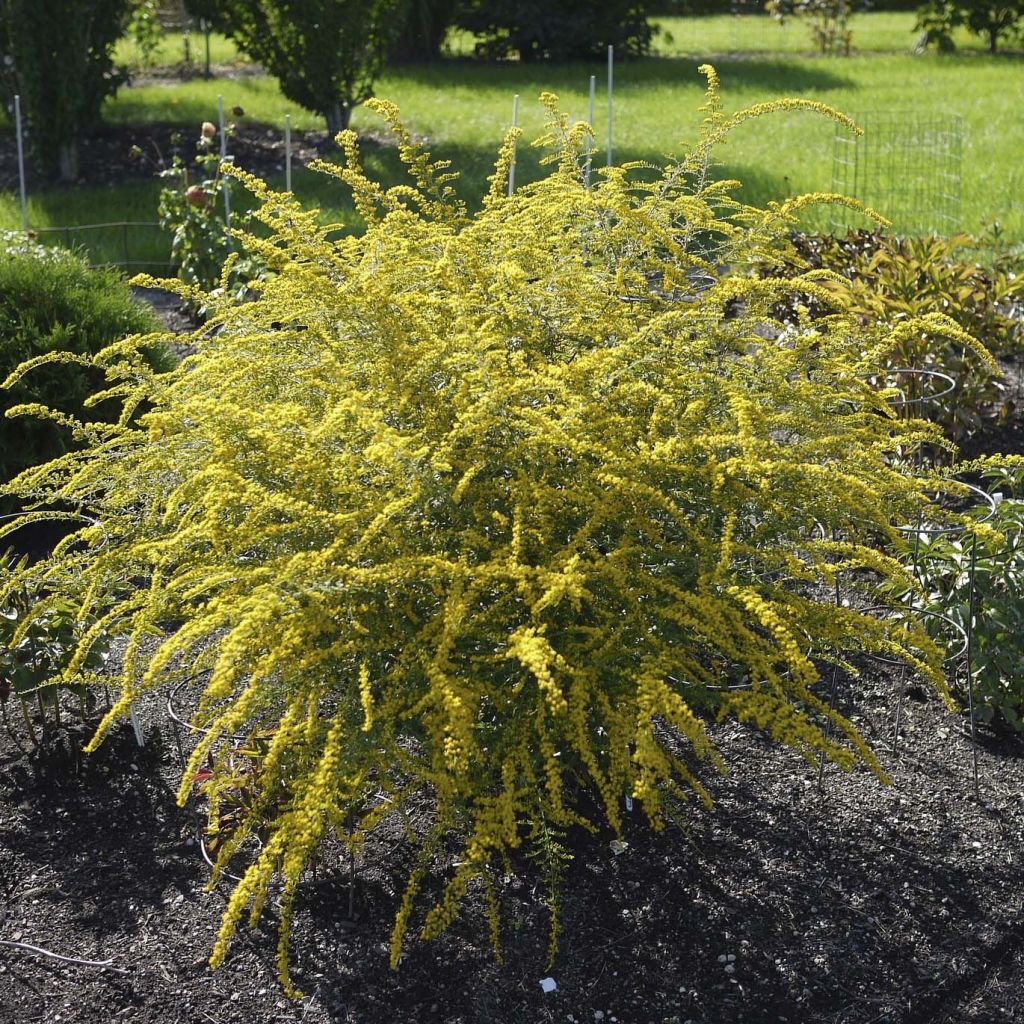

Solidago rugosa Fireworks
Solidago rugosa Fireworks
Solidago rugosa Fireworks
Rough-stemmed Goldenrod, Wrinkle-leaf Goldenrod
As of August 20th, it has only produced a single stem and has not yet flowered. Behavior to monitor next year...
mcm, 22/08/2024
Special offer!
Receive a €20 voucher for any order over €90 (excluding delivery costs, credit notes, and plastic-free options)!
1- Add your favorite plants to your cart.
2- Once you have reached €90, confirm your order (you can even choose the delivery date!).
3- As soon as your order is shipped, you will receive an email containing your voucher code, valid for 3 months (90 days).
Your voucher is unique and can only be used once, for any order with a minimum value of €20, excluding delivery costs.
Can be combined with other current offers, non-divisible and non-refundable.
Home or relay delivery (depending on size and destination)
Schedule delivery date,
and select date in basket
This plant carries a 12 months recovery warranty
More information
We guarantee the quality of our plants for a full growing cycle, and will replace at our expense any plant that fails to recover under normal climatic and planting conditions.
Would this plant suit my garden?
Set up your Plantfit profile →
Description
Solidago rogosa 'Fireworks' is a variety of Goldenrod that deserves its nickname of Golden Bouquet. This compact and slightly trailing perennial is absolutely remarkable when adorned with fine panicles of golden yellow flowers in the second half of summer, bursting like a fireworks display from the mass of its emerald green vegetation. Its moderate growth and non-invasive nature allow it to be grown in all gardens, even the smallest ones. It is a very structured plant that is superb with blue bushes, asters or purple to violet flowers.
Solidago rugosa, also known as Rough Goldenrod, is botanical species, widespread in North America, which looks very different from horticultural goldenrods. It is a large herbaceous perennial with long creeping rhizomes, belonging to the aster family, like the sunflower. It is very common in the east and central Canada, as well as in the eastern and central United States. Very similar to Solidago canadensis, it differs by the 3 veins on its leaves. It can be found in diverse habitats, but never in shade. It is considered a pioneer plant, colonising areas disturbed by fires, for example, but it is absent from very dry or, on the contrary, waterlogged lands.
The 'Fireworks' cultivar has been selected for its floribundity and denser, more compact vegetation. This plant will reach a height of 70 cm (28in) to 1.20 m (4ft) when in flower, and a minimum width of 50 cm (20in). It forms a dense, flexible clump of numerous leafy stems. Flowering takes place from July-August to October, in the form of long and slender inflorescences which change from emerald green to pure yellow. They are light and feathery spikes of paniculate heads of tiny little daisy-like flowers. They appear at the end of robust and hairy stems which are slightly arched with opposite, rough, light green leaves, with slightly toothed edges. This solidago disappears in late autumn and reappears in spring.
These perennial plants are appreciated for their late flowering, some varieties close to botanical species such as Solidago rugosa Fireworks, deserve a place in ornamental gardens. They are robust plants that only dislike excessive heat and drought, which can cause powdery mildew on the foliage. Their warm yellow flowers are welcome in autumn beds and in front of shrubs with vibrant colours (deciduous euonymus, Persian ironwood, smoke bush, oakleaf hydrangea, etc.). Solidago rugosa can be planted alone or in groups of three near blue asters (Aster lævis Calliope) or purple asters (Aster turbinellus), Buenos Aires verbena (Verbena bonariensis), a heartleaf sea kale (Crambe cordifolia), or the lesser-known Mongolian aster (Kalimeris mongolica. Its flowers hold well when cut, and they can be dried before they fully bloom for dry arrangements.
Report an error about the product description
Solidago rugosa Fireworks in pictures


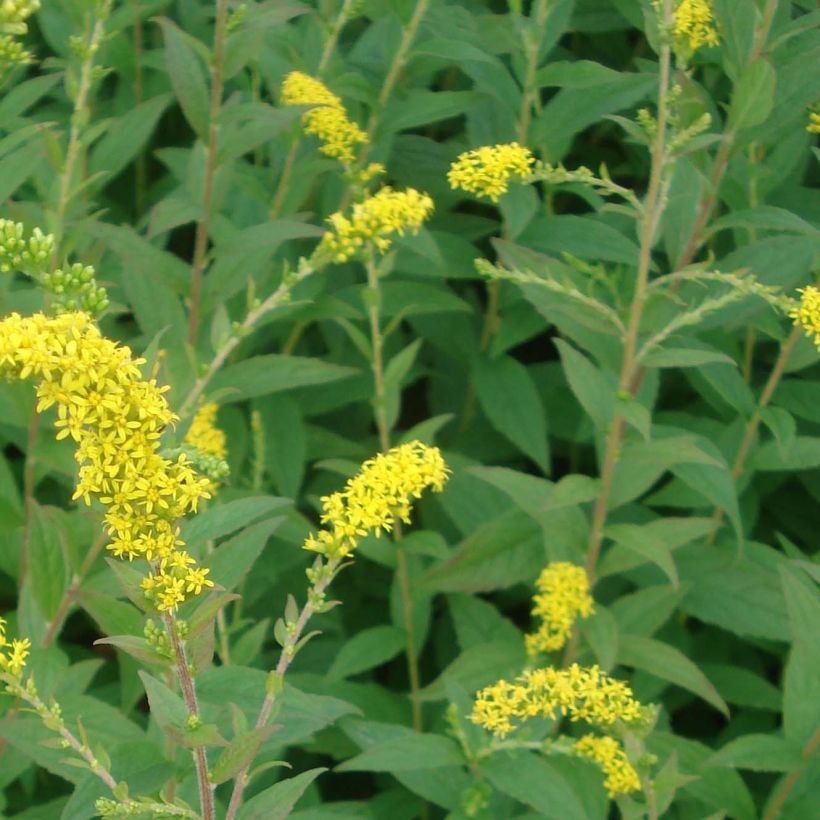



Flowering
Foliage
Plant habit
Botanical data
Solidago
rugosa
Fireworks
Asteraceae
Rough-stemmed Goldenrod, Wrinkle-leaf Goldenrod
Cultivar or hybrid
Other Perennials A to Z
View all →Planting and care
Plant Solidago rugosa in full sun or partial shade (at least morning sun), in any well-prepared ordinary soil. It thrives best in moist, slightly acidic, neutral, or even limestone soils, although it can tolerate poor soils and withstand short periods of drought very well. Plant it sheltered from strong winds that could flatten the clumps. In hot regions, mulch the base in summer to maintain moisture. Avoid excessive heat and humidity, which can cause powdery mildew.
Planting period
Intended location
Care
-
, onOrder confirmed
Reply from on Promesse de fleurs
Similar products
Haven't found what you were looking for?
Hardiness is the lowest winter temperature a plant can endure without suffering serious damage or even dying. However, hardiness is affected by location (a sheltered area, such as a patio), protection (winter cover) and soil type (hardiness is improved by well-drained soil).

Photo Sharing Terms & Conditions
In order to encourage gardeners to interact and share their experiences, Promesse de fleurs offers various media enabling content to be uploaded onto its Site - in particular via the ‘Photo sharing’ module.
The User agrees to refrain from:
- Posting any content that is illegal, prejudicial, insulting, racist, inciteful to hatred, revisionist, contrary to public decency, that infringes on privacy or on the privacy rights of third parties, in particular the publicity rights of persons and goods, intellectual property rights, or the right to privacy.
- Submitting content on behalf of a third party;
- Impersonate the identity of a third party and/or publish any personal information about a third party;
In general, the User undertakes to refrain from any unethical behaviour.
All Content (in particular text, comments, files, images, photos, videos, creative works, etc.), which may be subject to property or intellectual property rights, image or other private rights, shall remain the property of the User, subject to the limited rights granted by the terms of the licence granted by Promesse de fleurs as stated below. Users are at liberty to publish or not to publish such Content on the Site, notably via the ‘Photo Sharing’ facility, and accept that this Content shall be made public and freely accessible, notably on the Internet.
Users further acknowledge, undertake to have ,and guarantee that they hold all necessary rights and permissions to publish such material on the Site, in particular with regard to the legislation in force pertaining to any privacy, property, intellectual property, image, or contractual rights, or rights of any other nature. By publishing such Content on the Site, Users acknowledge accepting full liability as publishers of the Content within the meaning of the law, and grant Promesse de fleurs, free of charge, an inclusive, worldwide licence for the said Content for the entire duration of its publication, including all reproduction, representation, up/downloading, displaying, performing, transmission, and storage rights.
Users also grant permission for their name to be linked to the Content and accept that this link may not always be made available.
By engaging in posting material, Users consent to their Content becoming automatically accessible on the Internet, in particular on other sites and/or blogs and/or web pages of the Promesse de fleurs site, including in particular social pages and the Promesse de fleurs catalogue.
Users may secure the removal of entrusted content free of charge by issuing a simple request via our contact form.
The flowering period indicated on our website applies to countries and regions located in USDA zone 8 (France, the United Kingdom, Ireland, the Netherlands, etc.)
It will vary according to where you live:
- In zones 9 to 10 (Italy, Spain, Greece, etc.), flowering will occur about 2 to 4 weeks earlier.
- In zones 6 to 7 (Germany, Poland, Slovenia, and lower mountainous regions), flowering will be delayed by 2 to 3 weeks.
- In zone 5 (Central Europe, Scandinavia), blooming will be delayed by 3 to 5 weeks.
In temperate climates, pruning of spring-flowering shrubs (forsythia, spireas, etc.) should be done just after flowering.
Pruning of summer-flowering shrubs (Indian Lilac, Perovskia, etc.) can be done in winter or spring.
In cold regions as well as with frost-sensitive plants, avoid pruning too early when severe frosts may still occur.
The planting period indicated on our website applies to countries and regions located in USDA zone 8 (France, United Kingdom, Ireland, Netherlands).
It will vary according to where you live:
- In Mediterranean zones (Marseille, Madrid, Milan, etc.), autumn and winter are the best planting periods.
- In continental zones (Strasbourg, Munich, Vienna, etc.), delay planting by 2 to 3 weeks in spring and bring it forward by 2 to 4 weeks in autumn.
- In mountainous regions (the Alps, Pyrenees, Carpathians, etc.), it is best to plant in late spring (May-June) or late summer (August-September).
The harvesting period indicated on our website applies to countries and regions in USDA zone 8 (France, England, Ireland, the Netherlands).
In colder areas (Scandinavia, Poland, Austria...) fruit and vegetable harvests are likely to be delayed by 3-4 weeks.
In warmer areas (Italy, Spain, Greece, etc.), harvesting will probably take place earlier, depending on weather conditions.
The sowing periods indicated on our website apply to countries and regions within USDA Zone 8 (France, UK, Ireland, Netherlands).
In colder areas (Scandinavia, Poland, Austria...), delay any outdoor sowing by 3-4 weeks, or sow under glass.
In warmer climes (Italy, Spain, Greece, etc.), bring outdoor sowing forward by a few weeks.
































